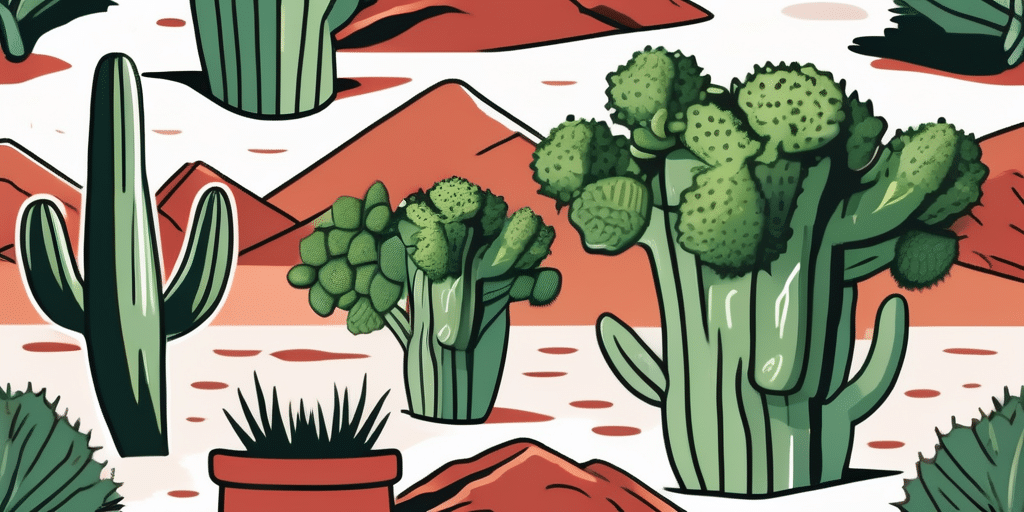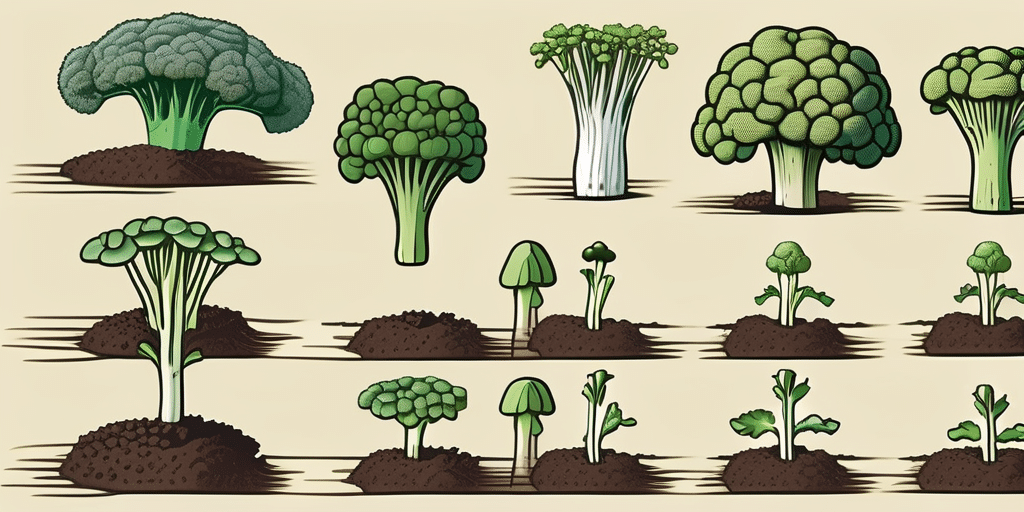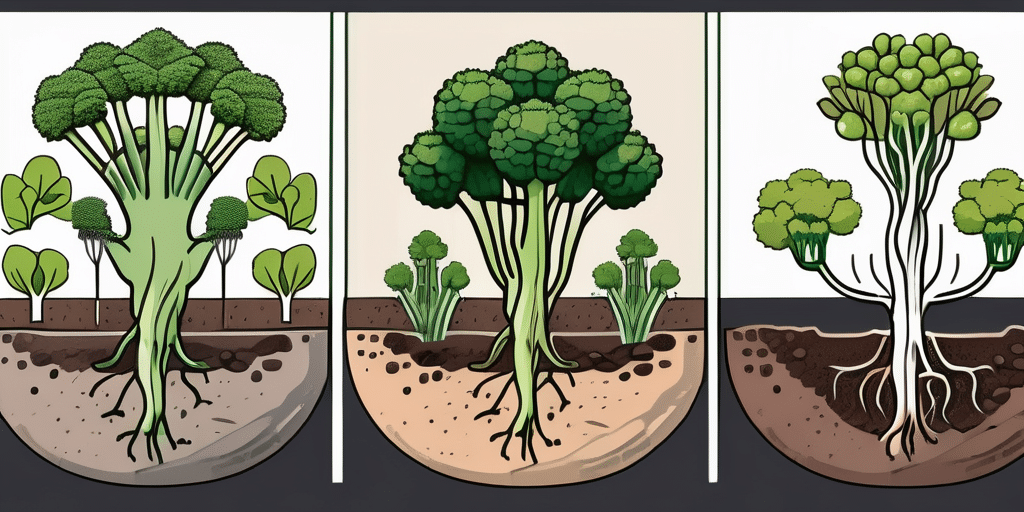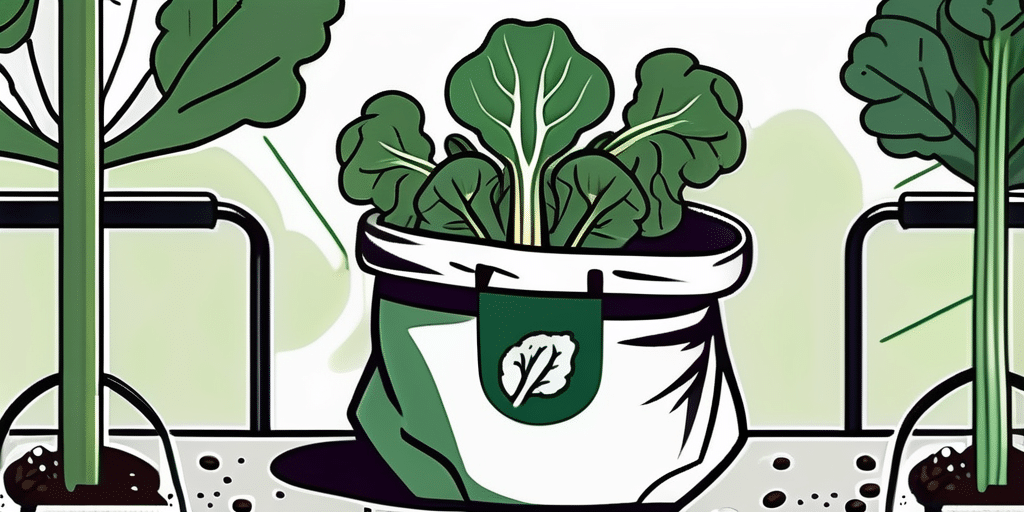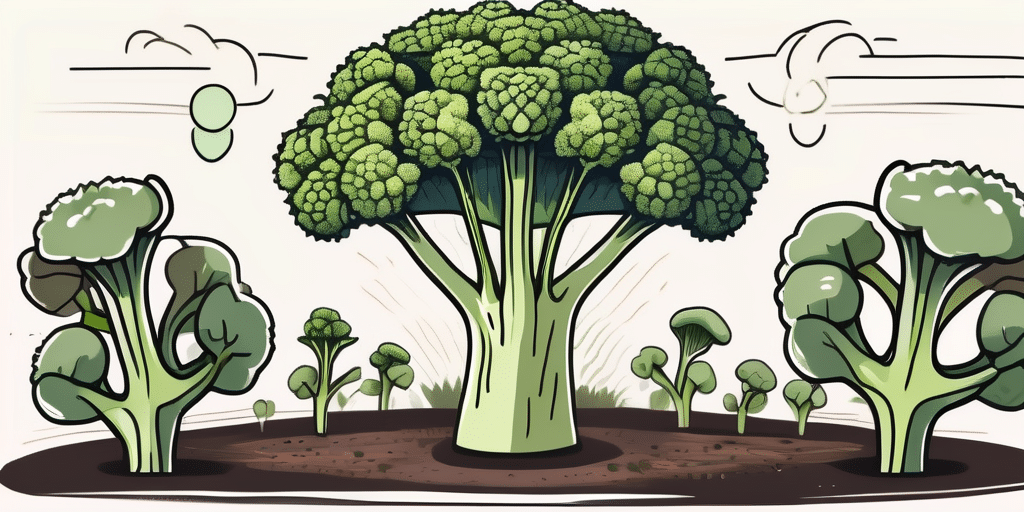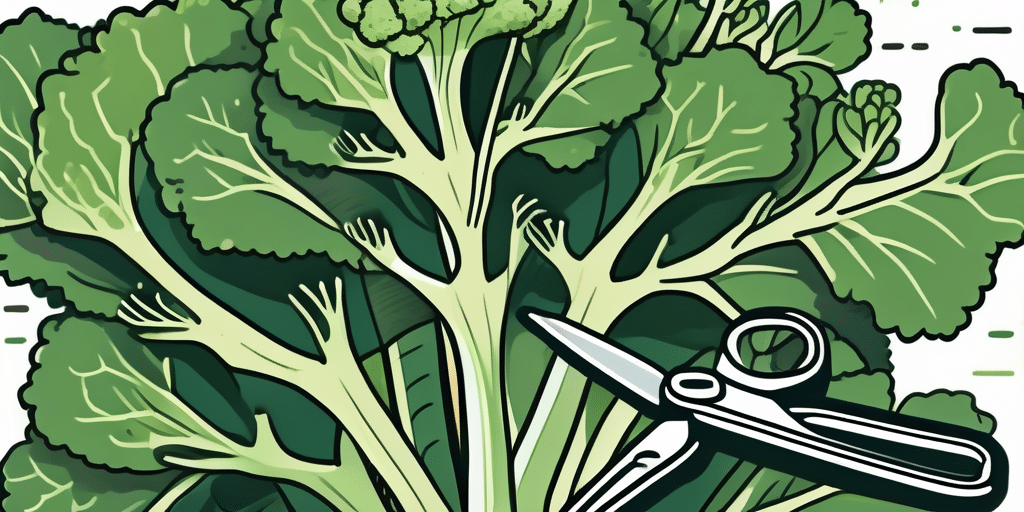When it comes to growing Calabrese broccoli in Alabama, there are a few key factors to consider. The climate and hardiness zones in Alabama play a significant role in determining the best time to plant and harvest this nutritious and delicious vegetable. In this article, we will explore the optimal planting and harvesting times for Calabrese broccoli in Alabama, as well as provide answers to some frequently asked questions.
Climate & Hardiness Zones in Alabama
Before diving into when to plant Calabrese broccoli in Alabama, it’s essential to understand the state’s climate and hardiness zones. Alabama is located in USDA hardiness zones 6 and 7, which means it experiences mild to moderate winters and hot, humid summers. These conditions are generally favorable for growing broccoli, including Calabrese broccoli.
Alabama’s climate is influenced by its proximity to the Gulf of Mexico, which brings warm, moist air to the region. The state’s average annual temperature ranges from 60°F (15°C) in the northern part to 67°F (19°C) in the southern part. Summers in Alabama can be quite hot, with temperatures often reaching the high 90s°F (mid-30s°C) and sometimes even surpassing 100°F (38°C). The humidity levels can be high, making it important to provide adequate moisture for your broccoli plants.
In addition to the climate, Alabama’s hardiness zones play a crucial role in determining the appropriate planting and harvesting times for Calabrese broccoli. Zone 6 covers the northern part of the state, including cities like Huntsville and Birmingham, while zone 7 encompasses the southern part, including cities like Montgomery and Mobile. These zones indicate the average minimum winter temperatures, which range from -10°F (-23°C) in zone 6 to 0°F (-18°C) in zone 7.
When to Plant Calabrese Broccoli in Alabama
The ideal time to plant Calabrese broccoli in Alabama is during the spring or fall seasons. In USDA hardiness zone 6, you can plant it in early spring, around mid-February to mid-March. This timing allows the plants to establish themselves before the warmer temperatures of summer arrive. In USDA hardiness zone 7, you have the advantage of being able to plant Calabrese broccoli both in early spring and early fall.
When planting in the spring, it is recommended to start the seeds indoors about 4-6 weeks before the last frost date. This gives the seedlings a head start and ensures they are strong enough to withstand outdoor conditions. Transplant the seedlings into the garden when they have developed a few true leaves and the soil has warmed up.
If you’re planting in the fall, sow the seeds directly into the garden around mid-July to late August. This allows the plants to take advantage of the cooler temperatures and ample rainfall that typically occur during this time. Fall planting can result in larger and more flavorful heads of broccoli, as the plants have more time to mature before the arrival of winter.
When to Harvest or Pick Calabrese Broccoli in Alabama
Now that you know when to plant Calabrese broccoli in Alabama, let’s discuss when to harvest or pick your broccoli. Harvesting time typically varies based on the specific variety you are growing and the prevailing weather conditions.
On average, Calabrese broccoli takes around 60-90 days from planting to reach maturity. However, it is important to monitor the plants closely, as factors such as temperature, rainfall, and sunlight can affect their growth rate. Look for tight, compact green heads before harvesting. These heads should be firm and dense, indicating that the florets are tightly packed together.
To harvest the central head, cut it off with a sharp knife, leaving a few inches of the stem attached. This allows side shoots to grow and produce additional smaller heads for later harvest. These side shoots, also known as “broccolini,” are just as delicious and nutritious as the main head. Frequent harvesting of side shoots encourages the plant to continue producing throughout the season, providing you with a continuous supply of fresh, homegrown broccoli.
Remember to harvest your Calabrese broccoli in the morning when the temperatures are cooler, as this helps preserve the flavor and texture of the harvested heads. Enjoy the fruits of your labor and savor the taste of homegrown goodness!
Frequently Asked Questions
Q: Can I grow Calabrese broccoli in containers?
A: Yes, you can grow Calabrese broccoli in containers as long as the containers are large enough to accommodate the root system. Choose a pot with a diameter of at least 18 inches to ensure sufficient space for the plant to grow. Fill the container with a well-draining potting mix enriched with organic matter, and place it in a location that receives at least 6 hours of sunlight per day.
Q: How do I prevent pests and diseases in my Calabrese broccoli plants?
A: Pests and diseases can sometimes be a challenge in broccoli cultivation. To prevent common pests like aphids and cabbage worms, consider using organic pest control methods such as introducing beneficial insects like ladybugs or using neem oil. Regularly inspect your plants for any signs of damage or disease and promptly address any issues.
Q: What are some popular Calabrese broccoli varieties for Alabama?
A: Some popular Calabrese broccoli varieties suitable for growing in Alabama include ‘Premium Crop,’ ‘DeCicco,’ and ‘Green Magic.’ These varieties are known for their excellent taste, compact heads, and overall adaptability to Alabama’s climate.
When selecting a variety, it’s important to consider factors such as disease resistance, maturity time, and taste preferences. ‘Premium Crop’ is a reliable variety that produces large, flavorful heads. ‘DeCicco’ is a popular heirloom variety that is known for its abundant side shoots, allowing for a prolonged harvest. ‘Green Magic’ is a hybrid variety that offers excellent heat tolerance and produces uniform, dense heads.
Regardless of the variety you choose, it’s essential to provide your Calabrese broccoli plants with the right growing conditions. Ensure they receive adequate sunlight, water, and nutrients to promote healthy growth and maximize yield.
Join How to Grow Everything for More Gardening Success!
Ready to take your gardening skills to the next level? Subscribe for free to How to Grow Everything and learn how to build the garden of your dreams! Receive personalized gardening advice tailored to your Alabama grow zone, experience level, and interests. With our family’s commitment to providing the best gardening tips and special offers, you’ll get everything you need to grow Calabrese broccoli and much more. No spam, just valuable information and 100% free resources from our family to yours. Start growing your knowledge today!

